Microbiology
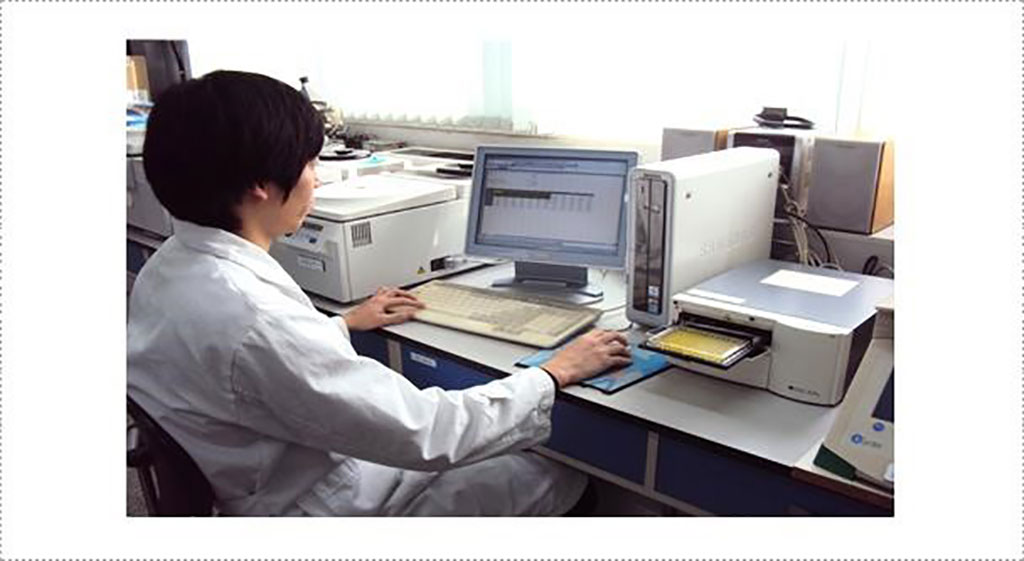
Antibodies Against Rabies Detected in Human Dried Blood Spots
Rabies is a viral disease that causes inflammation of the brain in humans and other mammals. Early symptoms can include fever and tingling at the site of exposure. Although preventable by vaccination for more than a century, rabies virus still causes numerous fatalities every year. More...03 Nov 2020
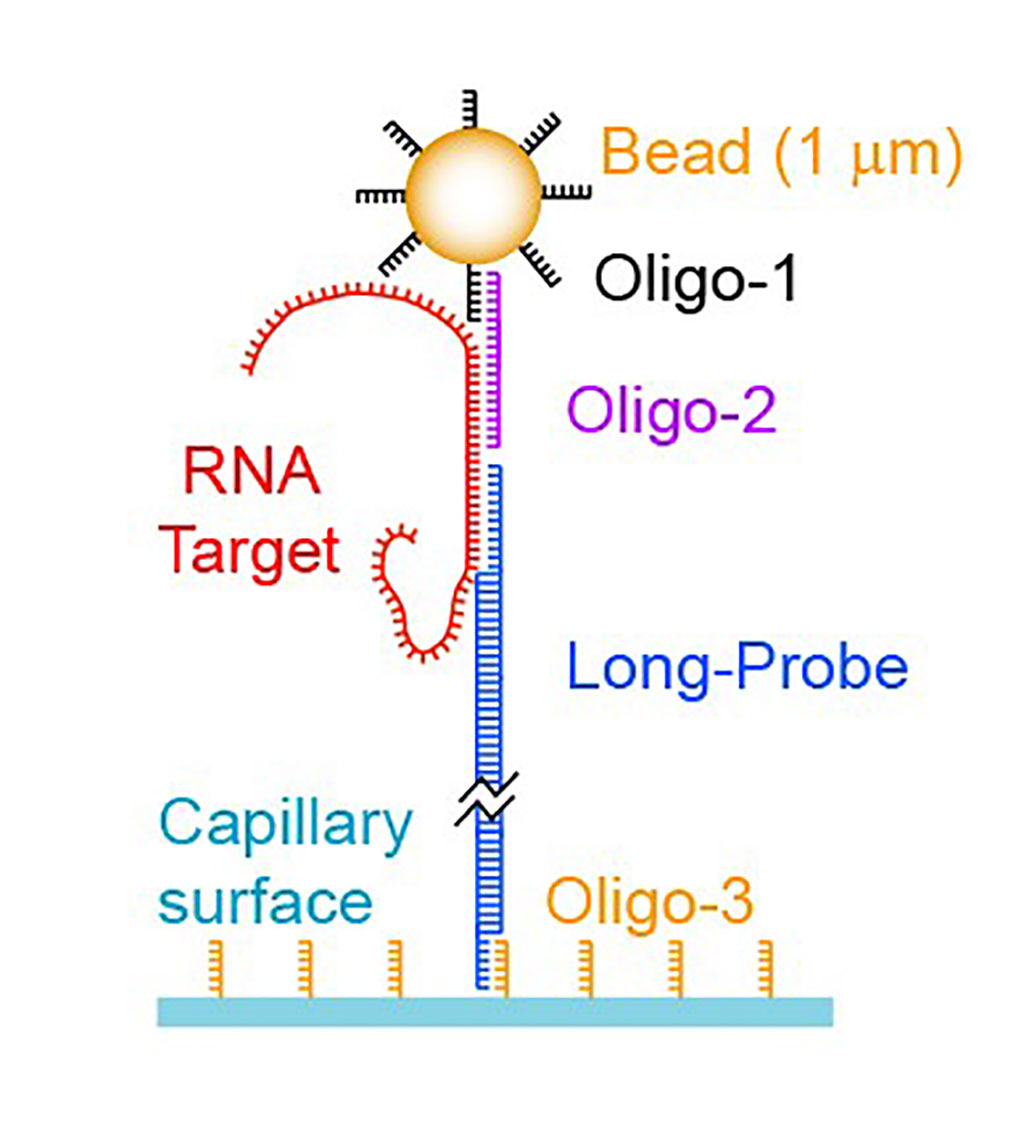
Single-Molecule Tethering Detects Nucleic Acids and Microorganisms
Detection of microbial nucleic acids in body fluids has become the preferred method for rapid diagnosis of many infectious diseases. However, culture-based diagnostics that are time-consuming remain the gold standard approach in certain cases, such as sepsis. More...29 Oct 2020
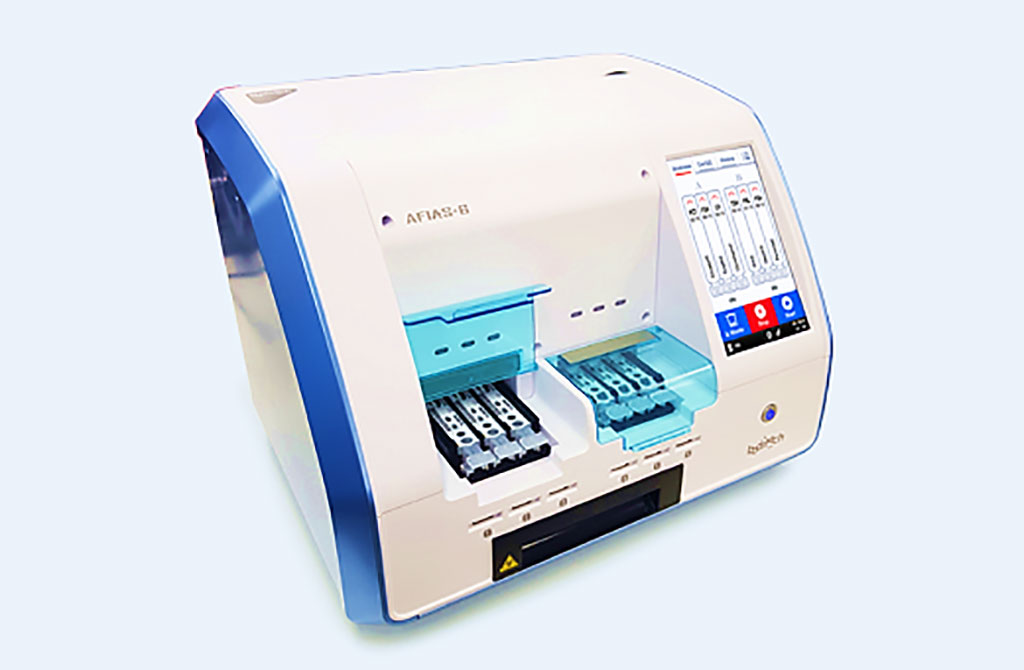
New Diagnostic Tests for Rotavirus and Norovirus Infections Evaluated
Acute gastroenteritis is one of the most impactful and common infectious diseases, accounting for millions of deaths annually in young children. Rotavirus and norovirus are leading causes of acute viral gastroenteritis spread through fecal to oral transmission. More...21 Oct 2020
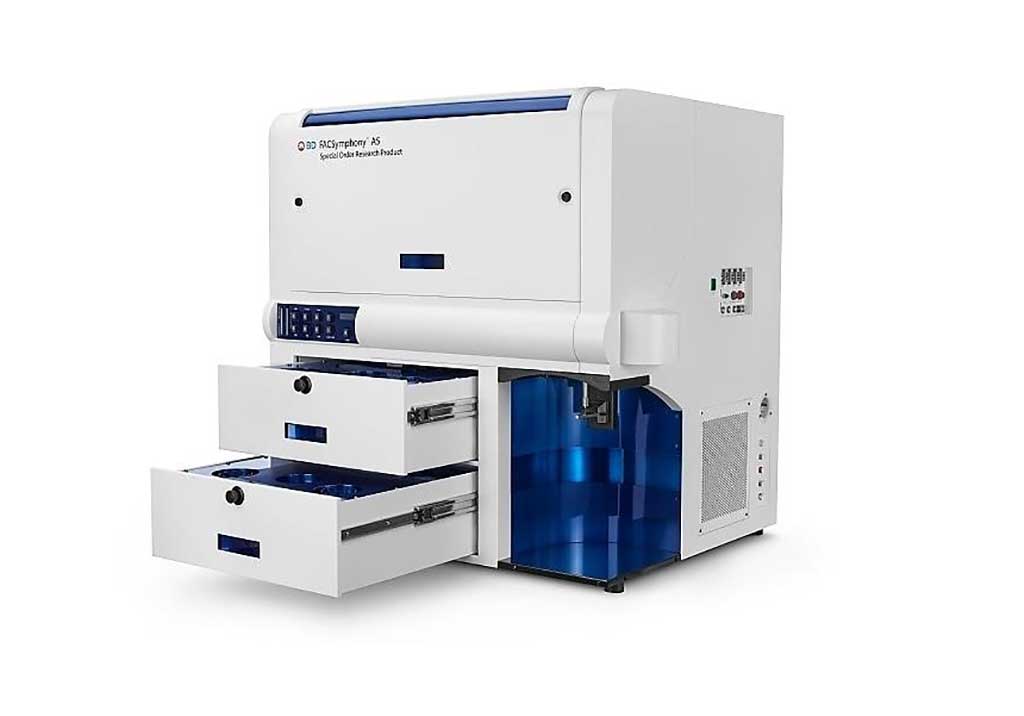
MAIT Cell Activation Dynamics Associated with COVID-19 Disease Severity
The balance between protective versus pathological immune responses in COVID-19 has been a concern since the onset of the pandemic. SARS-CoV-2 infection can lead to acute respiratory distress syndrome (ARDS), a condition characterized by aggressive inflammatory responses in the lower airways. More...13 Oct 2020
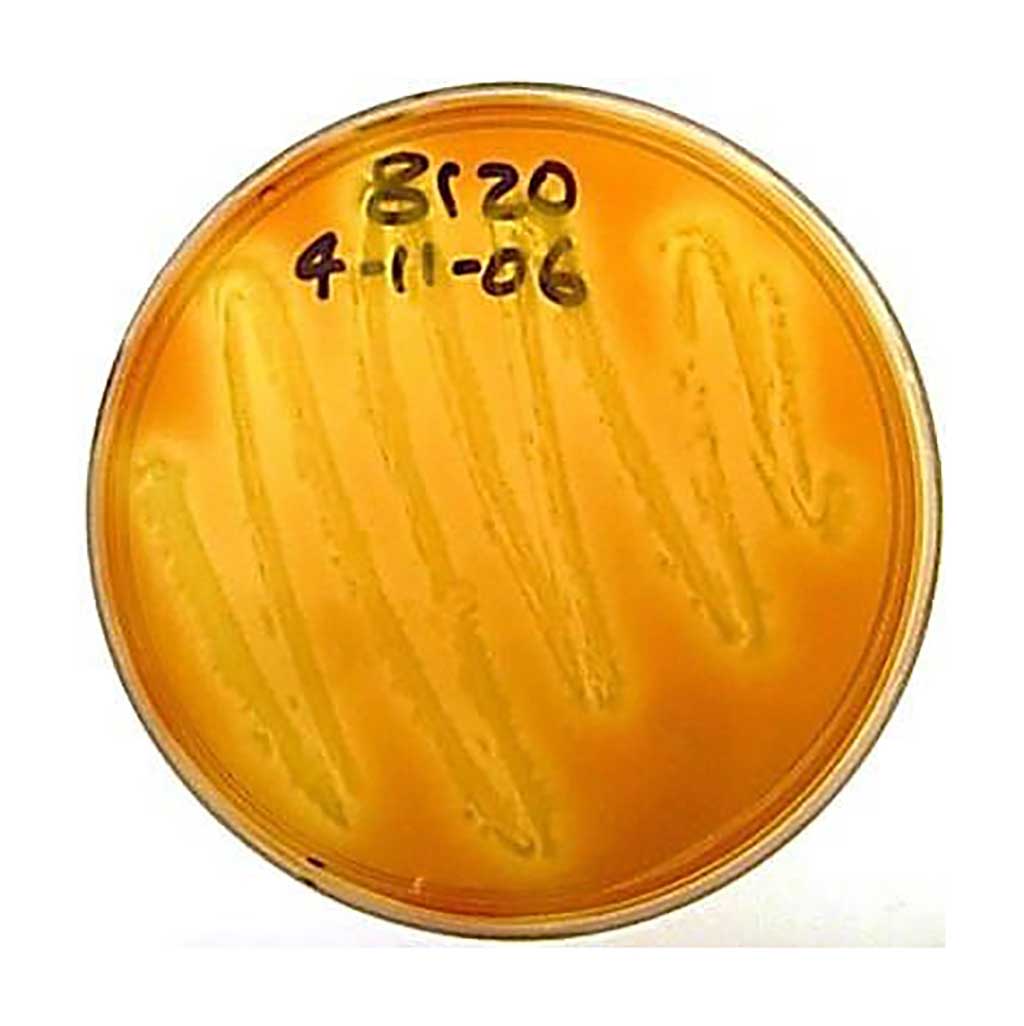
Bacterium and Viral Coinfection Contributes to Postinfectious Hydrocephalus
Neonatal sepsis often precedes postinfectious hydrocephalus (PIH), although the manifestations of hydrocephalus typically emerge in the months after the neonatal period as sufficient cerebrospinal fluid (CSF) accumulates such that cranial expansion garners medical attention. More...12 Oct 2020
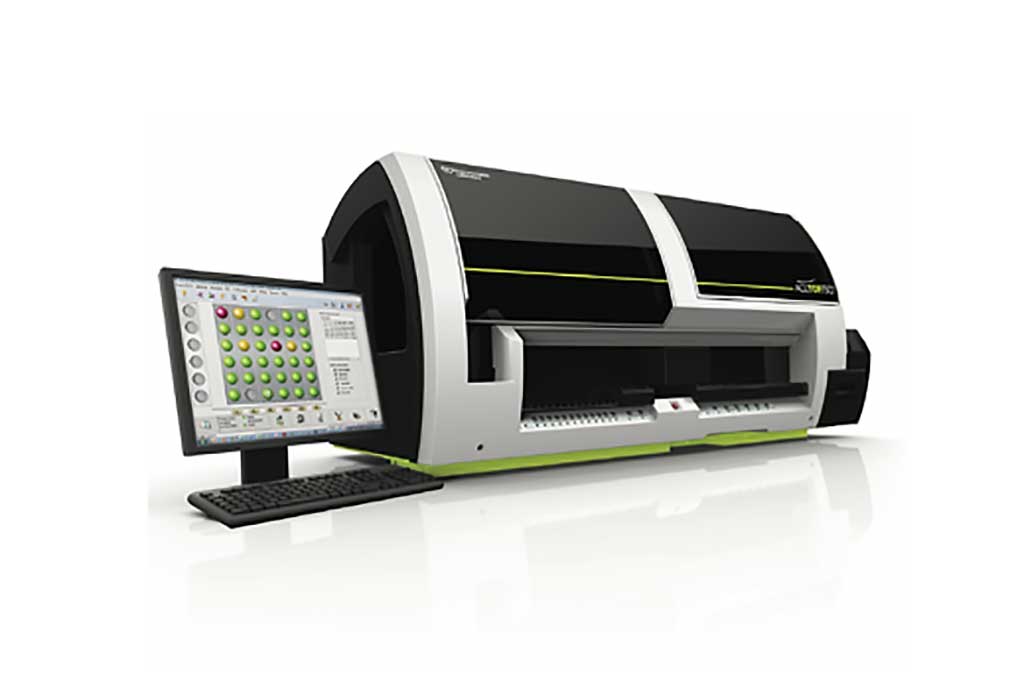
Elevated Clotting Factor V Found with Severe COVID-19
Coagulopathy causes morbidity and mortality in patients with coronavirus disease 2019 (COVID‐19) due to severe acute respiratory syndrome coronavirus‐2 (SARS‐CoV‐2) infection. Most doctors now know that COVID-19 can cause blood clots, potentially leading to paralysis, stroke, heart attack and death. More...08 Oct 2020
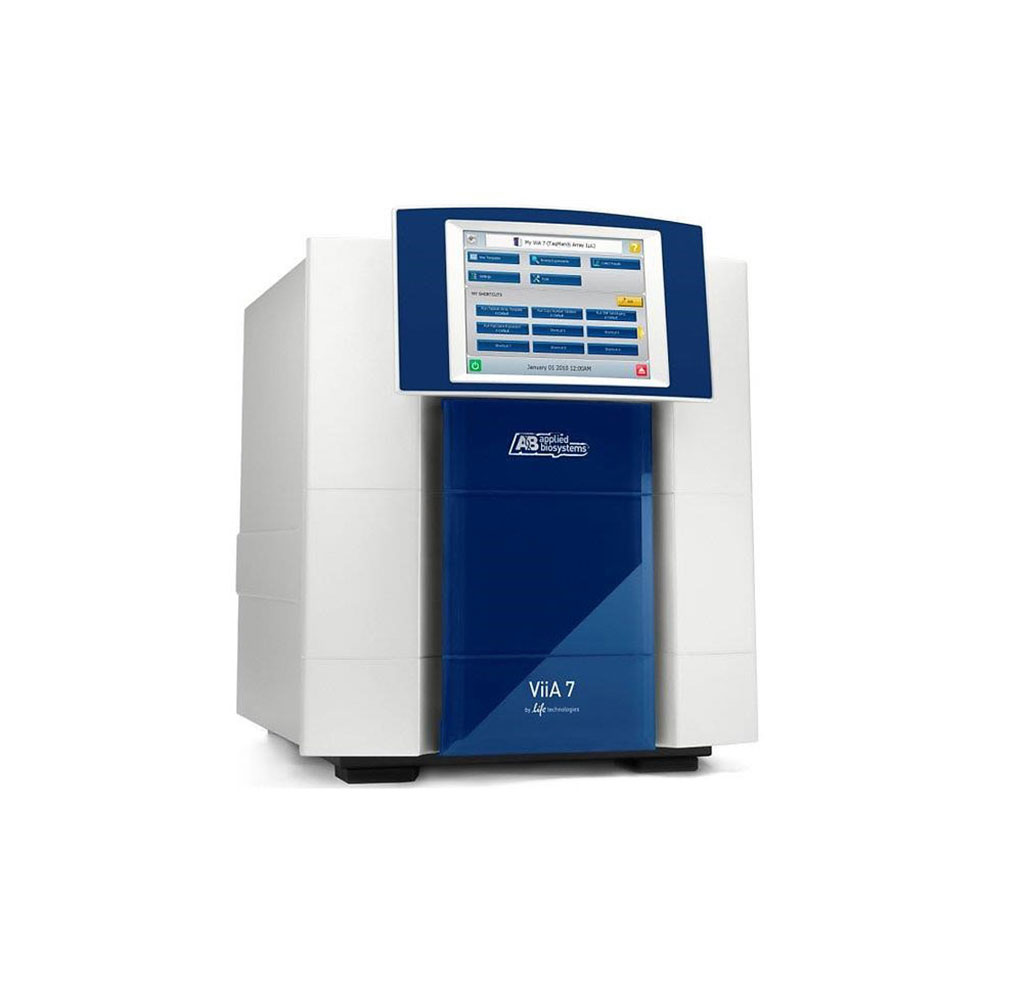
Blood-Based Test Accurately Identifies Viral Infection Before Symptoms Develop
Acute viral infections are one of the most common reasons for visits to primary care physicians in high-income countries. The usefulness of traditional pathogen-focused diagnostic methods for viral infection (e.g., culture, serology, antigen detection, and PCR) is limited by the fact they can be slow, costly, and restricted in terms of breadth of pathogens detected. More...07 Oct 2020
In Other News
RBC Distribution Width Associated with COVID-19 Mortality Risk
Performance Compared for Three Ebola Rapid Diagnostic Tests
Hypokalemia Is Associated With COVID-19 Severity
Rapid One-Step Assay for Field-Based Detection of Asymptomatic Malaria
Mannose-Binding Lectin Associated with Coagulopathy in Severe COVID-19
Ammonia Predicts Prognosis in Hepatitis B Virus‐Related Liver Failure
Gut Microbiome Data Helps Routine Screening of Cardiovascular Disease
Unconventional T Cells in COVID-19 Patients Predicts Disease Outcome
Proteomics-Based Diagnostic Test Predicts Risk of Dying from Staphylococcus aureus Bacteremia
Six Biomarkers Predict Severity of COVID-19
Loop-Mediated Isothermal Amplification Kit Detects Chagas Disease
Rapid CRISPR/Cas Assay for Diagnosis of Viral Fevers in Low-Tech Environments
Lymphocyte Count Correlated to Comorbid Diabetes and COVID-19
Traveler's Diarrhea Among Soldiers Linked to Gut Microbiome Changes
Loop-Mediated Isothermal Amplification-Assay Rapidly Diagnoses COVID-19
Diagnostic Test Identifies Resistance Mutation that Enables Use of Inexpensive, Single Dose Gonorrhea Drug
Host Genetic, Environmental Factors Influence Urinary Tract Microbiome
Serological Dipstick Assay Developed for Melioidosis
Lipocalin 2 Proposed as Biomarker for Bacterial Meningitis
Eosinophil Count Provides Diagnostic Information for COVID-19
Endotheliopathy Assessed in COVID-19-Associated Coagulopathy
Methods Compared Classifying Intensity of Soil-Transmitted Helminth Infections
Type 2 Diabetes Associated with Arrhythmic Daily Gut Microbe
The LabMedica Microbiology channel provides the latest news in the fields of epidemiology, bacteriology, virology, and parasitology, all viewed from the unique perspective of Laboratory Medicine.











